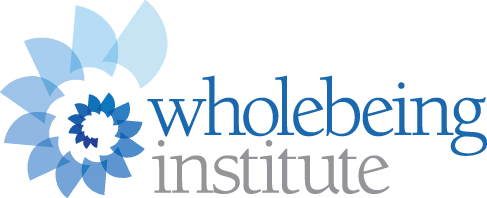A life skill I am developing and encouraging my clients to develop is spaciousness. Allowing for space sounds easier than it is. Many of us actually try to fill space rather than sit in the discomfort of emptiness and allow ourselves downtime or time to be bored or time to think. But it is essential for our mental and physical health. Here are some ways I have added space into my life.
Space in My Relationships
I have worked to allow myself space when helping friends or a client with an issue. I am giving people who seek out my advice more space to find their own solution. I am trying to listen more before jumping in to save the day. I realize much of my jumping in is a result of my own anxiety—my discomfort in sitting in the unknown, my resistance to letting people sit in their own discomfort. Giving people and myself the space to figure things out without urgency is powerful.
Space in My Time
Years ago, I made a rule to leave 15 minutes before I actually had to leave. This allowed space for unexpected delays. I inevitably forget something when I get in the car and need to run back to the house; there is always traffic or construction or I miss a turn on an unfamiliar route. I think I have gained years of my life with this one change. Rushing creates so much stress in the body and mind, and I cannot imagine how many accidents would be avoided if we gave ourselves extra time to get to where we want to go.
Space in My Schedule
When I look at my calendar, I like to see lots of space: between clients, between appointments, for lunch. This space is so helpful for my transitions between activities. Space to regulate and do some self-care between clients. Space to stretch, move, check in with myself. When I don’t overschedule, I allow myself more time to feel resourced, which is a powerful thing.
Space in My Travel Plans
I’ve been planning a special trip to Hawaii with my family, and I’ve been inspired by an episode of the podcast How to Build a Happy Life, called “Subtraction as a Solution.” Behavioral scientist Leidy Klotz talks about the benefits of allowing for space in your vacation plans and how it can be liberating to schedule less. He mentioned the rule of quarters, where you fill up a quarter of your time and leave the other three-quarters open. This “under-scheduling” provides space for spontaneity, rest, and casual connection with your fellow travelers. This can be hard to implement, because we are often sold the opposite, but I’m looking forward to a spacious vacation.
Space In My Body
My body is tight and it has made me prone to injury for many years. Over the last year and a half, I’ve been working with an amazing trainer. At the start of each session, he focuses on creating space within my body so I can avoid strain and injury. Creating space is not exciting or glamorous work, but I feel a difference in my everyday life. I experience more ease of movement and less pain. Creating space in my body takes patience and does not come with applause, but I have found it to be essential work that will allow me to sustain my ability to move in ways that are important to me in my daily life.
Space Before Reacting
I’m also working on allowing for a pause before reacting. Space to respond to texts and emails less urgently. Space between when I am triggered and how I react. More space to let ideas evolve and grow organically rather than forcing solutions. A pause can provide the time needed to see the nuances involved, go beyond my first impulse, and appreciate the complexity of a situation or interaction.
The space we are given in life is finite and it is a gift. But creating space goes against society’s dictates. You may have to resist the pressure to go go go every second, to be busy and “productive” all the time. Ultimately, however, space is what allows us to do our best work and live our best life.
This post was originally published on Amy’s blog at amyalpert.com. To read more about Amy’s thoughts on life and work, sign up for her biweekly newsletter here.
Amy Alpert
Amy Alpert, a graduate of the Certificate in Positive Psychology, is a solutions-focused coach with a practice based in positive psychology. A former human resources executive at Goldman Sachs, she holds a master’s degree in organizational psychology from Columbia University. This article was originally published on Amy’s blog at amyalpert.com.


